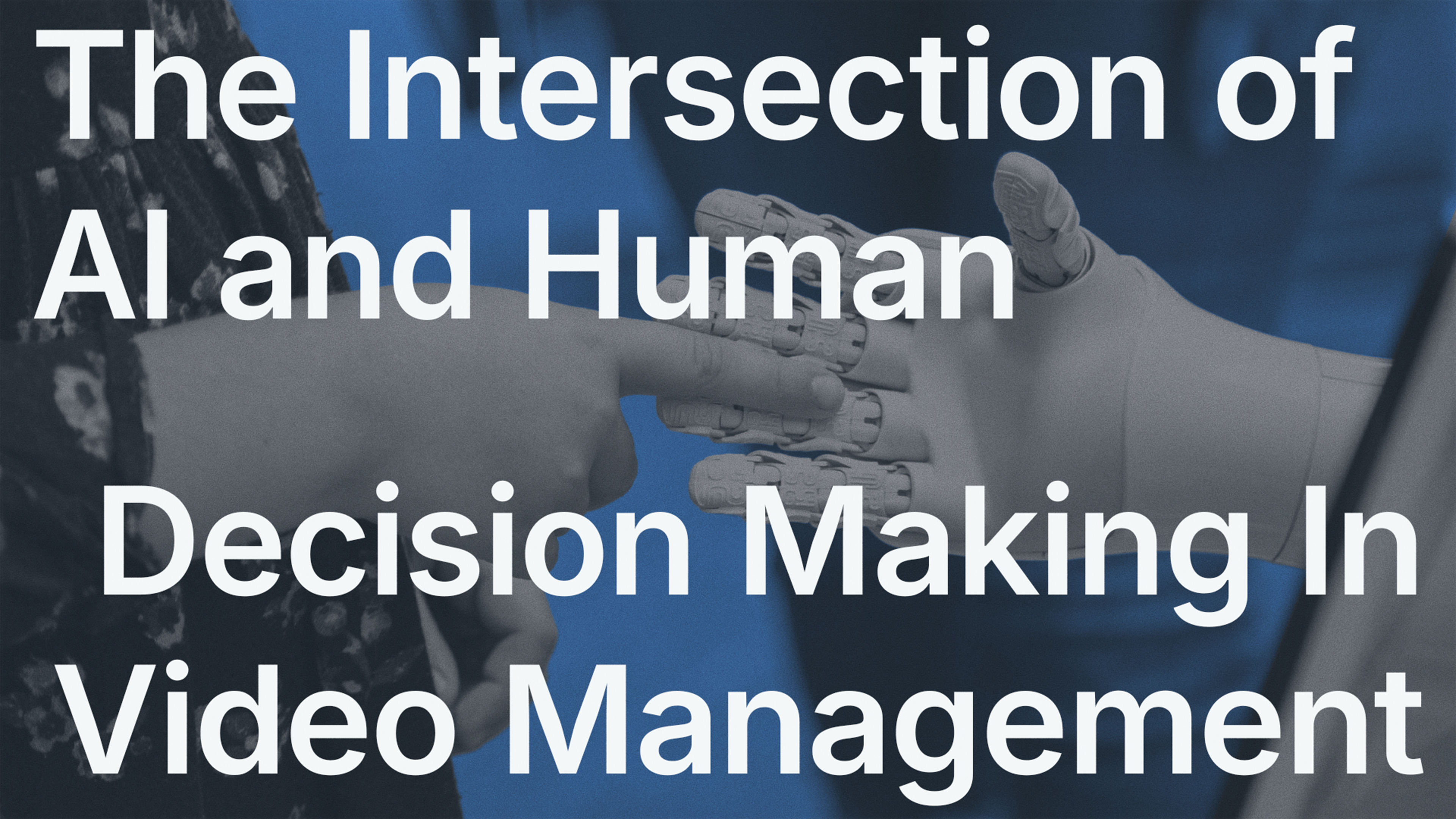Artificial intelligence has introduced powerful new capabilities to video management systems. It can automate routine monitoring, expand surveillance coverage without expanding headcount, and detect patterns across environments too complex for any one person to track. These tools are changing what’s possible, but they haven’t made human judgment any less essential. In fact, the more capable these systems become, the more important it is to understand their limitations.
The best conversation to have now isn’t about whether to choose between AI and human operators. It’s about how to combine them in a way that plays to the strengths of both, especially in industries like healthcare, transportation, education, and security, where every incident could carry legal, ethical, or safety repercussions. As with any tool, the best results come from knowing when to depend on it and when to defer to human judgment.
The Benefits of AI-Powered Automation
AI excels at scale. It can analyze thousands of video feeds simultaneously, identifying movement, tracking behavior, flagging anomalies, and recognizing specific objects or events in real time. This enables organizations to monitor large, complex systems efficiently, without requiring dozens of operators watching screens around the clock.
Automation brings consistency and speed. Unlike humans, machines don’t fatigue, get distracted, or act on emotion, making them ideal for filtering out routine activity and surfacing only the events that matter. But while AI sees what happens, it rarely understands why it happens.
Why Human Automation Still Matters
AI can identify a person entering a restricted zone, but it can’t tell whether they’re an intruder or a doctor responding to an emergency. It might flag a crowd gathering in a hallway as a potential threat, without realizing it’s simply a group of students joking around. It might mark someone loitering near an entrance as suspicious when they’re only waiting for a ride.
These are the moments where human oversight is essential. People bring context, intuition, and the ability to read between the lines. They can assess risks, interpret nuance, and make decisions that reflect the full picture. And when those decisions carry consequences, it’s human judgment that must make the call.
A Lesson from History
In 1983, a Soviet early-warning system detected what appeared to be five nuclear missiles launched from the United States. The automated system did its job; it flagged the event as a credible threat and signaled the need for immediate retaliation.
But the officer on duty, Stanislav Petrov, chose not to follow the protocol. Trusting his instinct that the data didn’t add up, he chose not to escalate and waited. As it turned out, the alert was a false alarm caused by sunlight reflecting off clouds. Had the decision been left entirely to automation, the world could have seen a nuclear response to an attack that never even happened.
This wasn’t just a failure of technology, but a reminder of exactly why human judgment must remain part of the loop. Automation can process data, but only humans can interpret meaning. Whether it’s satellite monitoring or building security, human judgment remains the safeguard that turns information into responsible action.
Where Network Optix Stands
At Network Optix, we believe the smartest systems are the ones that empower people, not replace them. Our platform combines the precision of AI with the insight of human operators, creating an ecosystem where both work in harmony.
Our solutions integrate with AI and advanced analytics tools to detect activity and generate real-time insights across thousands of streams. From there, intuitive interfaces provide operators with the context they need to verify alerts, review evidence, and take action.
Every part of the Nx platform is designed to keep people in control. Configurable permissions, audit trails, and workflows give organizations full authority over how access is granted, how decisions are made, and how accountability is maintained. The system doesn’t decide; it informs. The operator remains the final authority.
The Future of Intelligent Video Is Collaboration, Not Automation
As AI becomes more deeply embedded in the systems we rely on, whether to keep people safe, operations efficient, or environments secure, the focus must remain clear. The goal isn’t to automate judgment; it’s to enhance it. The future of intelligent video lies in collaboration, where automation handles the volume and humans handle the value.
At Network Optix, we’re building that future through platforms like Nx EVOS: systems that merge AI-powered insights with human oversight to deliver scalability, accountability, and adaptability in an increasingly complex world.
Because the smartest systems aren’t the ones that think for you; they’re the ones that help you think faster, act smarter, and stay in control.


